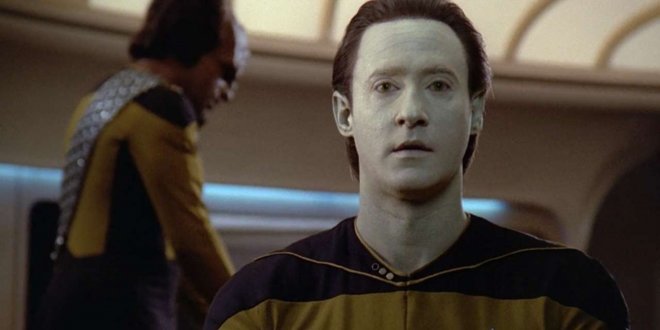
With Star Trek: Picard season 3, Data finally achieved his dream of becoming as human-like as possible. When Star Trek: The Next Generation premiered, the lovable android Data (Brent Spiner) quickly became a fan favorite. His childlike wonder and desire to be human made him a fascinating character, and despite his positronic nature, many fans related to him. Created by Dr. Noonian Soong, Data was a highly sophisticated human-like android, and, though he could mimic human behavior, he was not capable of true emotion. While Star Trek: Generations gave him an emotion chip in an attempt to make him more human, it didn't feel like a true evolution for Data's character or for Soong's androids.
While Data died in Star Trek: Nemesis (and then again in Picard season 1), it is revealed in Star Trek: Picard season 3 that Dr. Altan Inigo Soong (Brent Spiner) had been able to save Data's consciousness. Altan Soong then combined the minds of Data, Lore, B-4, and Data's daughter Lal (Hallie Todd) into a brand-new, synthetic body. Not only did this new version of Data have a more realistic appearance, he was also able to experience emotions in a much more organic way. He had finally become the best version of himself and achieved his main goal from those TNG days – to become more human.
Data Completes Star Trek’s Android Evolution  Even before Data was introduced in "Encounter at Farpoint," androids made an appearance in several Star Trek stories. The androids encountered during Star Trek: The Original Series were either built by advanced alien civilizations or were copies of people who had actually existed. The androids built by Dr. Soong were the first truly successful androids in the Federation, and Data was the best of these. Though Star Trek told a few cautionary tales about the dangers of artificial intelligence, Data was a testament to the positive ways the technology could be used.
Even before Data was introduced in "Encounter at Farpoint," androids made an appearance in several Star Trek stories. The androids encountered during Star Trek: The Original Series were either built by advanced alien civilizations or were copies of people who had actually existed. The androids built by Dr. Soong were the first truly successful androids in the Federation, and Data was the best of these. Though Star Trek told a few cautionary tales about the dangers of artificial intelligence, Data was a testament to the positive ways the technology could be used.






